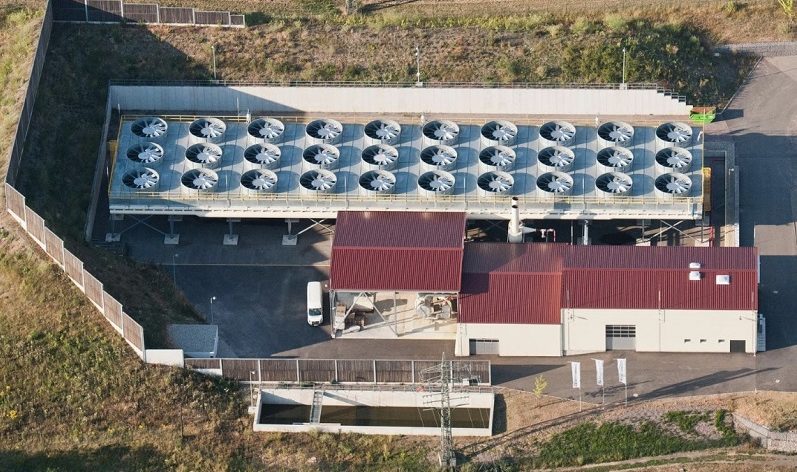From pv magazine Germany
Germany's Fraunhofer Institute for Solar Energy Systems is working with partners from science and industry to develop and demonstrate an environmentally friendly, economically attractive and innovative technology to extract lithium from thermal water.
Theoretically, existing geothermal power plants in the Upper Rhine Plain and the North German Basin can cover between 2% and 12% of Germany's annual lithium demand — reliably over several decades and at low environmental costs. However, there is still no market-ready technology for lithium extraction from thermal water.
This is where the Fraunhofer ISE's newly launched three-year “ThermIon” project comes in. The ambitious undertaking will take into account the entire process chain from the pretreatment of the brine to lithium extraction and lithium carbonate or lithium hydroxide crystallization to the controlled return of the brine.
As Fraunhofer ISE announced on Wednesday, the challenge is to extract lithium selectively from geothermal waters without disturbing their complex geochemical balance and risking the precipitation of other ingredients such as silicates and calcites. This precipitation would involve considerable technical risks for the operation of a geothermal plant. As part of the project, the direct lithium extraction (DLE) technology is to be further developed, as this highly selectively extracts only the lithium from the brine and leaves the other elements untouched.
The particular challenge with DLE technologies is to operate them at high temperatures and very high pressures of up to 30 bar over a longer period of time. The research team is using a lithium-ion pump process, in which lithium ions are stored in a special lithium manganese oxide electrode and released into a recovery solution when the polarity is reversed. This makes it possible to obtain a concentrated lithium chloride solution with high purity.
The team is optimistic that the process will also work on a larger scale and that lithium can be extracted directly from the brine in the future during the operation of a geothermal plant. Because the thermal water is easily comparable with other locations in the Upper Rhine Plain, the results can be transferred to the 13 planned geothermal projects, which can be developed either as pure heat or as electricity and heat projects.
This content is protected by copyright and may not be reused. If you want to cooperate with us and would like to reuse some of our content, please contact: editors@pv-magazine.com.



By submitting this form you agree to pv magazine using your data for the purposes of publishing your comment.
Your personal data will only be disclosed or otherwise transmitted to third parties for the purposes of spam filtering or if this is necessary for technical maintenance of the website. Any other transfer to third parties will not take place unless this is justified on the basis of applicable data protection regulations or if pv magazine is legally obliged to do so.
You may revoke this consent at any time with effect for the future, in which case your personal data will be deleted immediately. Otherwise, your data will be deleted if pv magazine has processed your request or the purpose of data storage is fulfilled.
Further information on data privacy can be found in our Data Protection Policy.